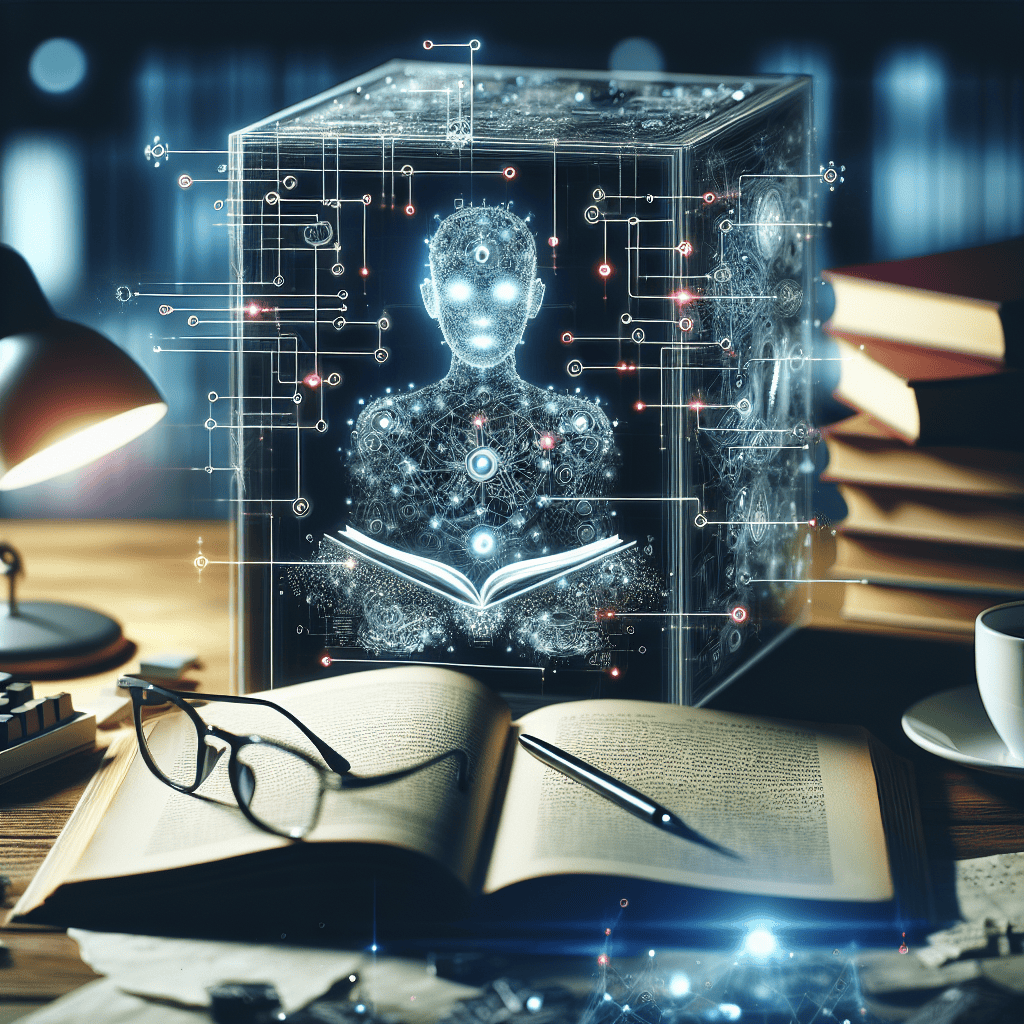Proofreading AI-Generated Technical and Scientific Manuscripts
Let’s venture into the murky waters of proofreading AI-generated technical and scientific manuscripts, an area which raises many questions and presents many challenges to how we typically edit and review texts. How well can AI systems handle technical language and complex scientific concepts, replacing human proofreaders? Join us as we examine these uncertainties to uncover where burstiness meets complexity of technical writing!
Understanding AI-Generated Manuscripts
AI technology has made significant strides toward producing text that mirrors human writing. Be it through machine learning algorithms or neural networks, these systems have proven themselves more adept at producing coherent and structured material compared to human writers. But when it comes to technical or scientific manuscripts requiring extensive specialized vocabulary such as terms used within their subject field as well as intricate data analyses or in depth methodologies requiring deep domain expertise than human authors can muster alone, their complexity tenfold.
AI-generated manuscripts face the formidable task of communicating technical nuances accurately while remaining precise and clear. Their burstiness may cause errors, inconsistencies or incorrect interpretation of data – this is where proofreading plays such an essential role in assuring accuracy and credibility of final text output.
Proofreading AI-Generated Manuscripts presents numerous difficulties that must be considered and managed properly for proofreading purposes.
Proofreading AI-generated manuscripts presents unique challenges compared to traditional editing practices. While AI systems excel at producing content quickly, they lack the human touch and contextual understanding that human proofreaders provide. This may result in misinterpretations of data, inappropriate use of terminology or stylistic inconsistencies being present within these manuscripts.
Proofreading AI-generated technical and scientific manuscripts presents unique challenges when it comes to finding subtle errors that might not immediately appear, from grammar issues such as punctuation errors and grammar to inaccuracies in data analysis or conclusions. Human proofreaders need a keen eye for detail as well as deep subject knowledge in order to spot and address such discrepancies effectively.
How AI Works for Proofreading
No matter the challenges associated with proofreading AI-generated manuscripts, AI technology can prove an invaluable aid to editors in editing processes. AI proofreading tools can assist human editors by detecting common errors, suggesting corrections and providing automated feedback about grammar and style issues – ultimately streamlining proofreading processes while improving manuscript quality overall.
However, it’s essential to recognize AI systems’ limitations in proofreading technical and scientific texts. AI programs do not possess perfect accuracy – they may miss minor mistakes, misinterpret complex data incorrectly or make inaccurate correction suggestions; human proofreaders must work alongside AI tools for optimal precision when finalizing manuscripts.
Conclusion Proofreading AI-generated technical and scientific manuscripts presents unique proofreading challenges, necessitating an intricate balancing act between AI’s rapid pace of text generation and technical language complexity. AI technology may make impressive strides toward producing coherent texts; however it still struggles to properly represent technical language or scientific concepts accurately. Human proofreaders play an indispensable role in assuring both accuracy and credibility of any final document by detecting subtle errors, correcting inaccuracies accurately, maintaining style consistency across texts produced by AI; their expertise ensures accuracy when combined with AI’s quickening pace of text generation capabilities.
As AI technology becomes ever more sophisticated, human proofreaders will remain vitally important to the editing process. By working alongside automated AI tools to leverage automation while applying their expertise and contextual understanding in producing error-free technical and scientific manuscripts.
